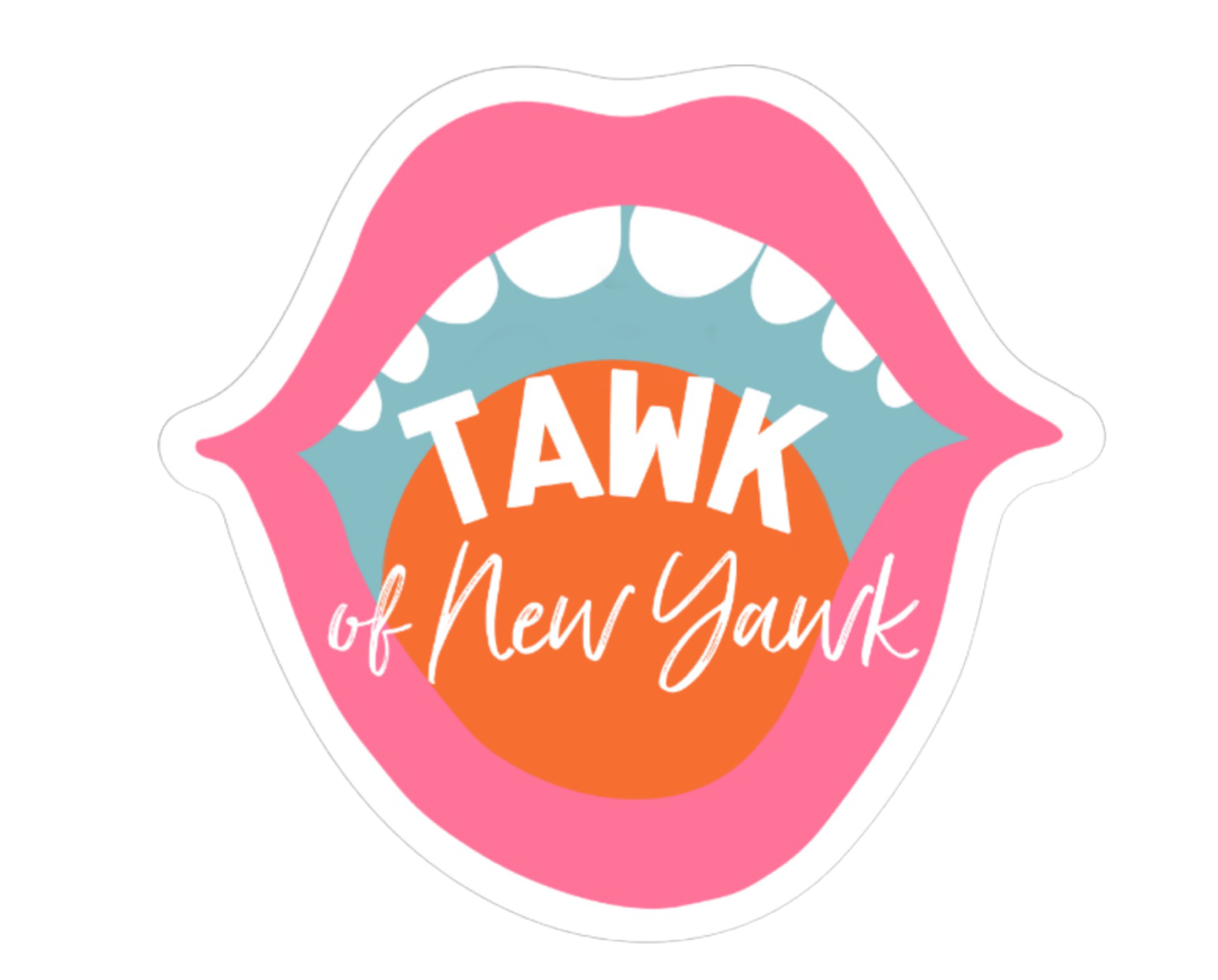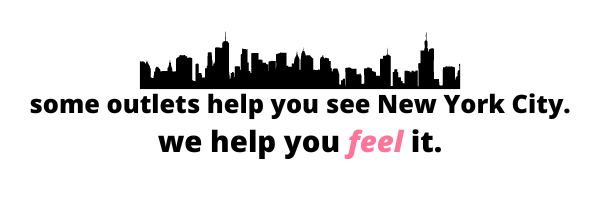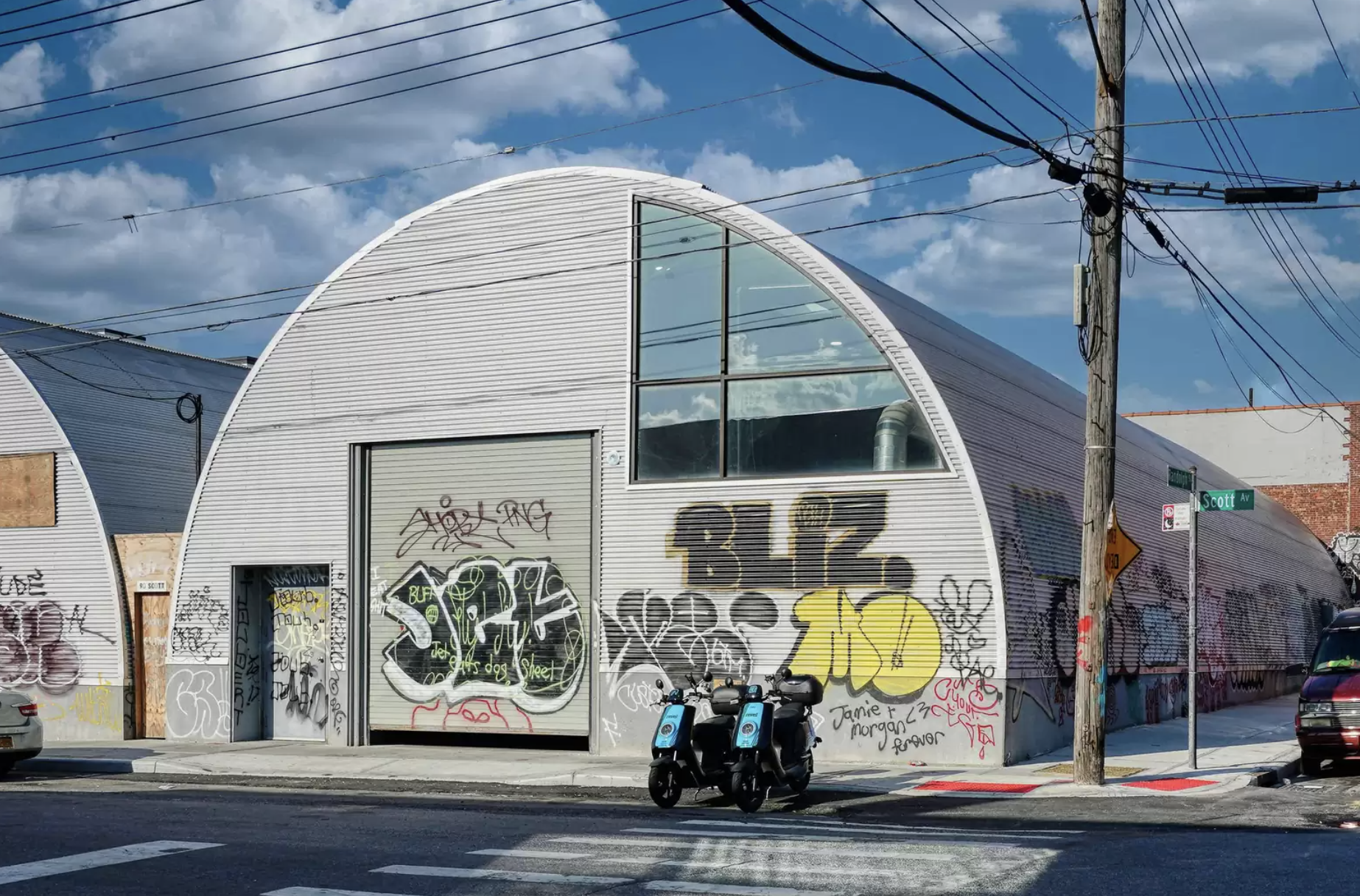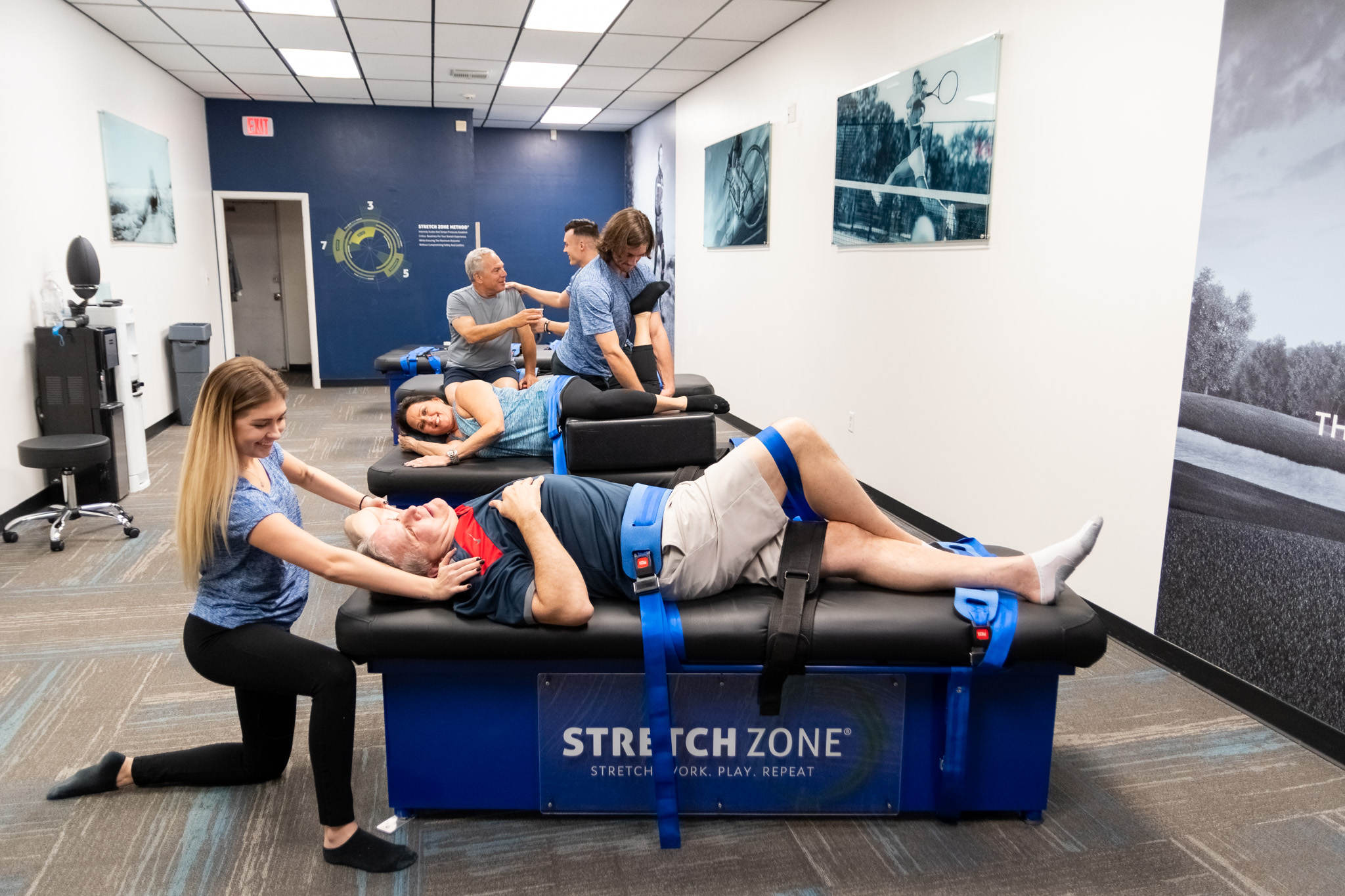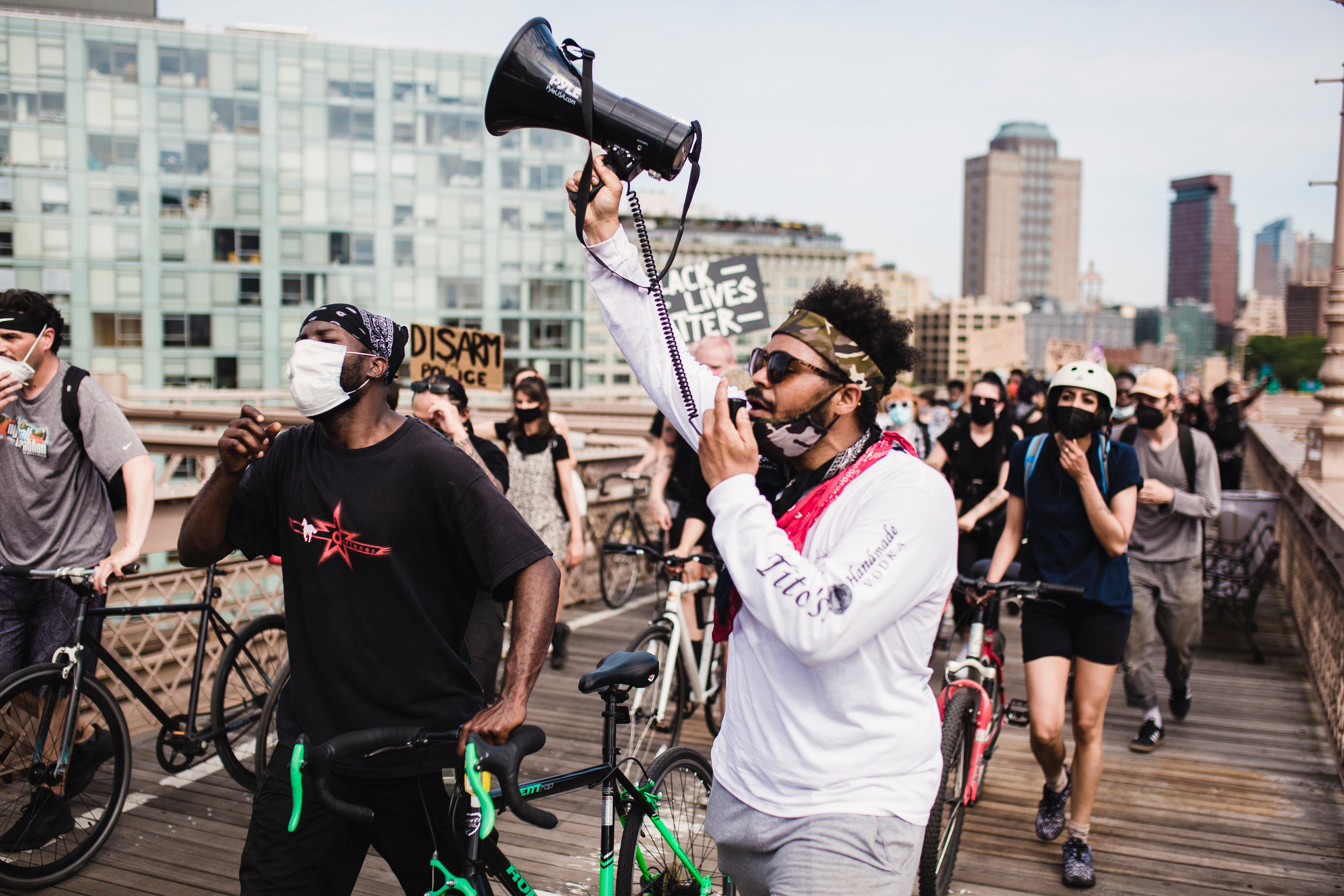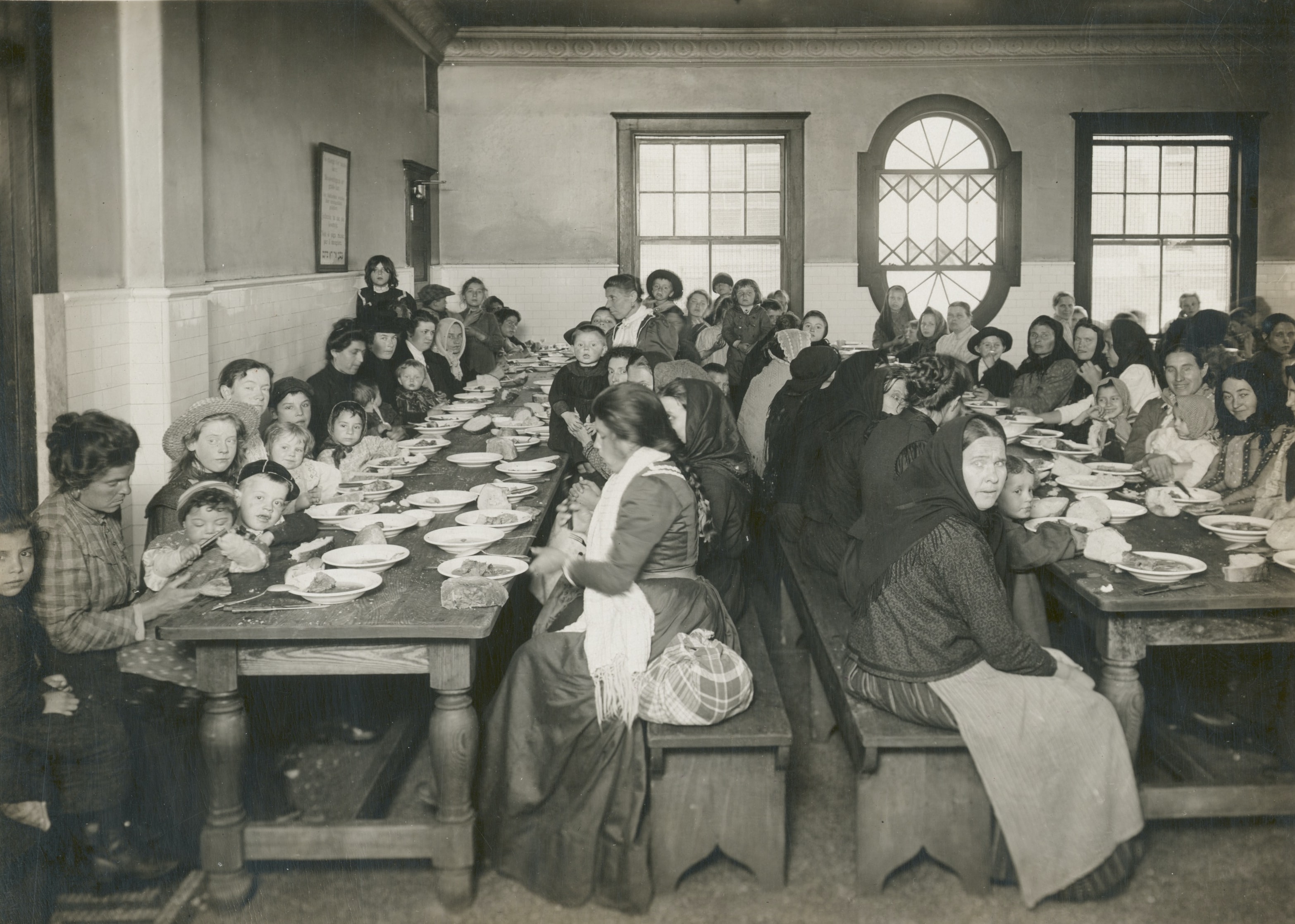
NYC is the city of dreams. Millions of people have immigrated to the United States through New York City in search of a better future. Today, the city draws people from all over the globe, and because of it, the city boasts a wildly diverse population. Very few other places can you get ten different types of food, normally 1000s of miles apart, just a few streets from each other.

Most of us are familiar with the most famous immigrant booms of the mid-late 19th and early 20th centuries. Immigration laws and how the United States regulated and tracked it changed in the 1890s. Before that, laws were unregulated and handled state-by-state or city-by-city. The federal government stepped in during the 1890s and took over. The country built Ellis Island in response to the rapidly growing immigration.
NYC Immigrant History
Between 1885-1890 approximately 8 million immigrants passed through the Castle Garden (now Castle Clinton in Lower Manhattan.) These people were mostly from Northern European countries and made up the first massive waves of immigration to the city.
However, this all changed. In the 1880s, Europe experienced political instability, religious persecution, and economic and ecological distress. These various crises forced many people to choose to leave their families, sail halfway around the world and try their luck in America. By 1890 Castle Garden was insufficient and poorly equipped to handle the more significant numbers, so the federal government built Ellis Island.

Ellis Island opened its doors on 1892 January 1st. Annie Moore, a young teenager, and her two younger brothers arriving from Ireland were the first immigrants to be processed at Ellis Island. Throughout the next 62 that Ellis Island operated, more “than 12 million immigrants would arrive to the United States via Ellis Island.”
Most of us can trace our families and roots back to an immigration story. And many of them came through NYC. Even if they didn’t, the history is fascinating and exciting. I’ve put together a immigrant itinerary for anyone looking for a fun, historically immersive weekend.
ARRIVE AT THE STATUE OF LIBERTY

The first step is the sail into the harbor. Take in the glorious Statue of Liberty, her arms held up in welcome to the weary, water-logged traveler. The striking “Give me your tired, your poor,” in Emma Lazarus’ poem
says it all.
Lady Liberty is the only way to start your immigrant experience. You can visit the statue easily. The National Parks Service runs the park, and its website contains all the information you need for a visit. The only official way to get to the park is through tickets bought from Statue City Cruises. Go to this website to purchase them, or follow the links on the NPS page.
***IMPORTANT***
Ensure you are on the right page. They are the only authorized vendor. Other ferries and tour companies will try to sell you tickets, but they can only sail past the island and cannot dock. The same goes for when arriving at Battery for departure. Buy tickets only from the park kiosk and no one else. Don’t buy them from the guy with a sign, or hat, or one with lower prices.
Once you have your tickets make your way to the entry point. Arrive early because you will have to go through Airport security to board the ferry, and depending on the time of day, this line can be long. Once on the ferry, find a seat and enjoy. The ride is a lot of fun and has great picture opportunities. Once you dock at the statue of liberty, you have unlimited time to explore the base of the statue. The regular ticket grants you access to only the park and base. If you want to go inside The Statue, you’ll need one of the add-on tickets, so plan accordingly.
A free audio guide is included with your ticket, packed with facts, stories, and first-person experiences. When you finish, it’s time to board the ferry again because included in your ticket is Ellis Island.
GO TO ELLIS ISLAND FOR PROCESSING

The ferry will make a second stop at Ellis Island. After the center shut down in the 1950’s, it was abandoned and fell into disrepair. It wasn’t until the 1980’s, that people who wanted to preserve the history raised money to restore Ellis Island and turn it into a national park. Now you can walk through the processing hall and take in what it might have been like to arrive over 100 years ago. It would have been loud, with hundreds of different languages flooding the stone chamber. You would have stood in line for most of the day, clinging to your family and belongings and hoping you pass the health and legal inspections. Some might not and be detained for further inspection or sickness. If you recorded or passed additional tests, you could reunite with your family. Others were not so lucky and would be sent back.

After you’ve wandered and imagined your fill, board the ferry back to Battery Park. Give yourself half a day when planning to do the Statue of Liberty and Ellis Island. I like to do the 9 or 10 am ferry over to have ample time to explore. The crowds are a little less as well. It starts to pick up in the afternoon.
HAVE A MEAL AT RUSS & DAUGHTERS

By this point, you’ll be hungry, and what better way to sate your appetite than a bagel and smear from this authentic New York LES staple Russ & Daughters. They have been serving NYC delicious appetizing for over 100 years. In 1904 Jewish immigrant Joel Russ peddled a pushcart in LES with herring. By 1914 he’d saved enough money to open an appetizing shop. In 1920 it moved to its current location.

On 179 East Houston St. and has been there ever since. The food is to die for. This is the spot if you want a real authentic New York Bagel. This is the bagel that inspired all other bagels. Fun fact. Russ It is the first known American business with “& Daughters” in its name. In 1933 Joel Russ changed the name to include & Daughters after his three daughters.
ARRIVE AT YOUR NEW TENEMENT WITH A VISIT TO THE TENEMENT MUSEUM

On day two, make your way into the city and the Lower East neighborhood. Every street in New York City has changed radically throughout the years. Other streets have swallowed up some streets. Buildings grew, and others were destroyed. Different enclaves of people populated different parts of the city at different times. Stop at the Tenement Museum to explore what living in NYC as an immigrant would have been like.
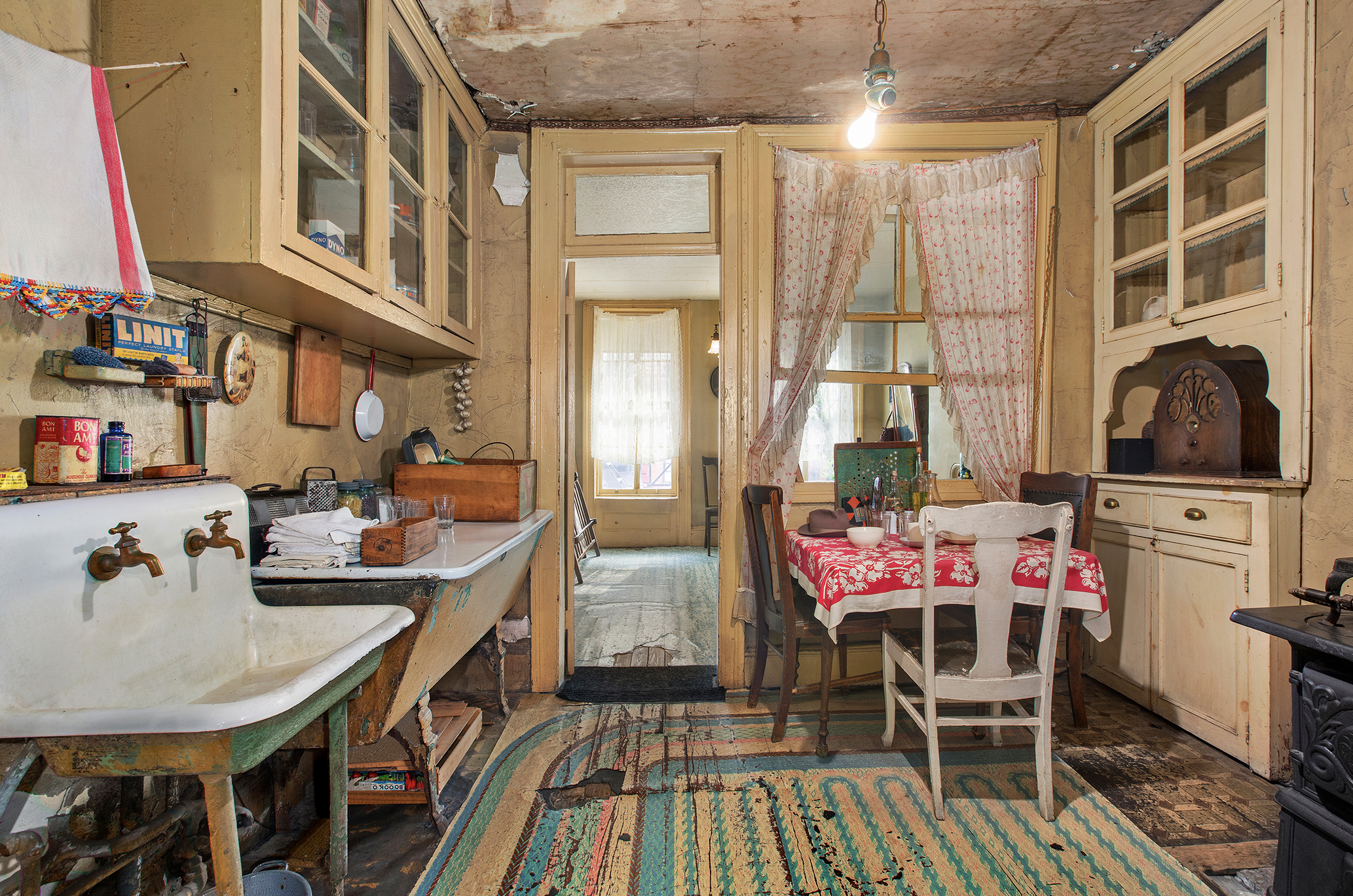
They museum offers a slew of walking tours that wind through LES and many more that explore an actual restored tenement building that reflects different periods. The tour guides are incredibly knowledgeable. They’ve built the tours around the stories of people who lived on 97 Orchard street. Pick one tour for a taste, or plan to do a few back-to-back and deepen your experience. However you decide to explore this museum, you can’t go wrong.
GRAB A PICKLE AT SWEET PICKLE BOOKS

Soon you’ll need a snack and maybe a break. What better way than to go to Sweet Pickle Books. This is the only place I know of that has pickled AND books. You can exchange unwanted but gently loved books for a jar of pickles. Don’t have any books? Then pick up a few at the store. Don’t want books but just pickles? No problem. They have you covered. The store is a homage to the pickling tradition of the LES, and it is perfect. Do not miss out on this unique experience.
VISIT THE MUSEUM OF CHINESE IN AMERICA

To get a deeper and richer understanding of the various peoples and stories that made their way to New York City, make a stop at the Museum of Chinses in America Museum. Inside, you will find incredibly curated exhibits about the Chinese immigration experience. For many decades there was a restriction on people from China immigrating to the United States, and they faced many hardships once they arrived. After, trek to and grab dinner at any one of the amazing restaurants that populate the area.

OTHER PLACES TO VISIT

You could spend weeks tracing the footsteps of our immigrant ancestors through the city. Travel up to Harlem or Hell’s Kitchen and learn about the various struggles and people who lived there. Stop at the Triangle Shirt Factory Fire memorial and learn about the tragedies that befell the factory works and how it led to labor reform. Or, stroll through Broadway and take in the art that traces its roots back to immigrants. In a city built by and for immigrants, wherever you end up exploring, chances are it’s connected to someone who came here from somewhere else. That’s what united all of us New Yorkers.
Not like the brazen giant of Greek fame,
With conquering limbs astride from land to land;
Here at our sea-washed, sunset gates shall stand
A mighty woman with a torch, whose flame
Is the imprisoned lightning, and her name
Mother of Exiles. From her beacon-hand
Glows world-wide welcome; her mild eyes command
The air-bridged harbor that twin cities frame.
“Keep, ancient lands, your storied pomp!” cries she
With silent lips. “Give me your tired, your poor,
Your huddled masses yearning to breathe free,
The wretched refuse of your teeming shore.
Send these, the homeless, tempest-tost to me,
I lift my lamp beside the golden door!”
-Emma Lazarus
